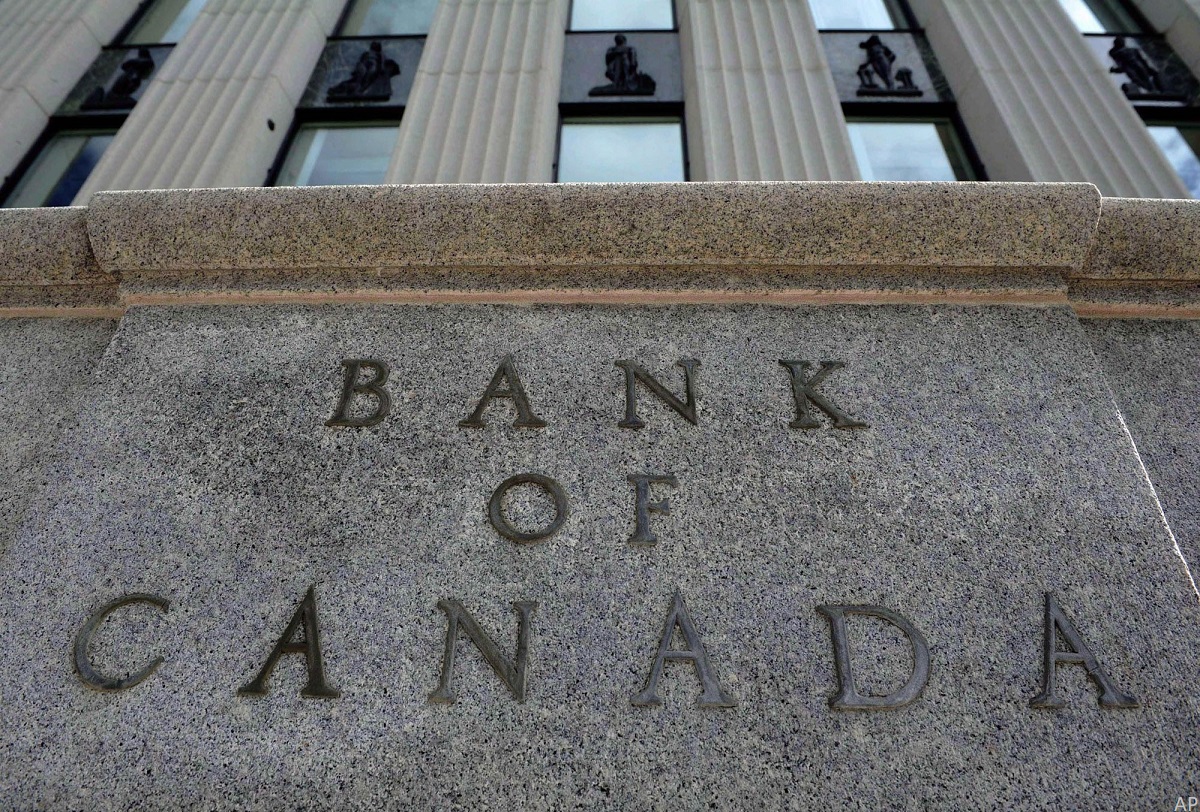
Today, the Bank of Canada announced that it would raise its target for the overnight rate to 4.75%, with the Bank Rate at 5% and the deposit rate at 4.75%. The Bank is also continuing its policy of quantitative tightening.
“Based on the accumulation of evidence, Governing Council decided to increase the policy interest rate, reflecting our view that monetary policy was not sufficiently restrictive to bring supply and demand back into balance and return inflation sustainably to the 2% target,” the Bank said in a press release.
In explaining its rationale, the Bank said: “Canada’s economy was stronger than expected in the first quarter of 2023, with GDP growth of 3.1%. Consumption growth was surprisingly strong and broad-based, even after accounting for the boost from population gains. Demand for services continued to rebound. In addition, spending on interest-sensitive goods increased and, more recently, housing market activity has picked up. The labour market remains tight: higher immigration and participation rates are expanding the supply of workers but new workers have been quickly hired, reflecting continued strong demand for labour. Overall, excess demand in the economy looks to be more persistent than anticipated.”
Stay Focused on Long-term Gain, Not Short-Term Pain
This leaves much for Canadian investors to consider.
"We urge investors to continue to keep a laser-sharp focus on their long-term investment goals, and not short-term market volatility brought forth by interest rate hikes, commodity prices, or general news flow,” says Morningstar Canada’s director of investment research, Ian Tam.
Recent economic data has been positive. At the end of May, Statistics Canada reported real gross domestic product grew at an annualized rate of 3.1% in Q12023, beating its 2.5% forecast. Canada's annual inflation rate was slightly up to 4.4% in April, well above the Bank’s 2% target.
Earlier this year, Canada’s central bank had paused its rate-hiking cycle after raising its key interest rate to 4.5% but signalled it would raise rates again if the economy continued to on an upswing, or if inflation did not get tamed.
The Bank is Focused on Taming Inflation
“Globally, consumer price inflation is coming down, largely reflecting lower energy prices compared to a year ago, but underlying inflation remains stubbornly high. CPI inflation ticked up in April to 4.4%, the first increase in 10 months, with prices for a broad range of goods and services coming in higher than expected. Goods price inflation increased, despite lower energy costs. Services price inflation remained elevated, reflecting strong demand and a tight labour market. The Bank continues to expect CPI inflation to ease to around 3% in the summer, as lower energy prices feed through and last year’s large price gains fall out of the yearly data,” the Bank said.
However, it noted that with three-month measures of core inflation running in the 3.5% to 4% range for several months and excess demand persisting, concerns have increased that CPI inflation could get stuck materially above its 2% target.
U.S. Inflation Is Already Cooling
In the U.S., Morningstar expects that in 2023, the worst will be over as far as inflation is concerned.
“After peaking at 6.2% in 2022, we expect inflation to fall to 3.5% for 2023. Over 2024 to 2027, we expect inflation to average just 1.8%—below the Fed’s 2% target,” said Morningstar’s senior U.S. economist Preston Caldwell.
He is, in fact, projecting large deflation in prices for durable goods, food, and energy over 2023-27:
- For durable goods, a resolution of the semiconductor shortage should play a large role in expanding supply. A normalization of consumer spending mix will also shift demand away from durables (and other goods) and back into services.
- For food and energy, prices should subside as these industries adjust to disruption from the Russia-Ukraine conflict and other factors.
As a result, “We expect the Fed to pause its rate hikes by summer 2023 (the May hike was the last one, in our view). Then, starting around the end of 2023, we expect the Fed to begin cutting the federal-funds rate,” Caldwell said.
Are More Hikes Coming?
While the odds of a hike today were 50/50, based on the Bank’s tone, more hikes are not off the table.
“In the important concluding paragraph of the statement, the Bank noted that the decision to hike was based on the view that “monetary policy was not sufficiently restrictive to bring supply and demand back into balance and return inflation sustainably to the 2% target”. It is hard to see how a single 25 bp hike will materially change that assessment unless the CPI and labour market data before the July meeting – in just five weeks’ time – is materially weaker than we currently expect. Accordingly, there is a strong chance of the Bank enacting another 25 bp at the next meeting ahead of its summer break,“ Stephen Brown of Capital Economics said in a statement.
Philip Petursson, Chief Investment Strategist at IG Wealth Management said much the same.
“It was a 50/50 bet as to whether the Bank of Canada would raise rates today or remain on hold but by the tone of the statement there was no wavering in the decision to go ahead and raise by another 25 bps. The probability that this was a one and done, is much lower today than yesterday,” he said. He added that today’s was a strong statement by the BoC, “The tone was decisively hawkish and kicked the door wide open for further rate increases.”
What Should Canadian Investors Do?
Looking to act on today’s announcement? “If anything, the thing to do right now is to ensure that your mix between stocks and bonds is appropriate to the amount of risk that you can take on,” Tam says, “With this in mind, those with a very short time horizon (closer to retirement) might actually be advantaged by doing so, given that rates are higher than they have been for a long time and trimming up your bond position means that you're likely buying bonds with higher yields than available just a year ago."






.jpg)













